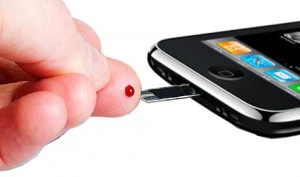 Having interoperable, and mobile, health data sounds like a great plan. However, there are a few problems that stand in our way. First, one must consider the pure volume of connected devices. It is estimated that the number of mobile devices will reach a total of 50 billion by 2020. Then one must consider that these devices are often industry focused and tied to proprietary software, which makes interoperability among these billions of mobile devices a challenge.
Having interoperable, and mobile, health data sounds like a great plan. However, there are a few problems that stand in our way. First, one must consider the pure volume of connected devices. It is estimated that the number of mobile devices will reach a total of 50 billion by 2020. Then one must consider that these devices are often industry focused and tied to proprietary software, which makes interoperability among these billions of mobile devices a challenge.
How can this seemingly impossible task be accomplished?
Fortunately, we can accomplish this task using today’s innovations. A prime example is the work being done by the Eclipse Foundation, founded by IBM, which is innovating around Message Queuing Telemetry Transport (MQTT). MQTT takes the billions of embedded devices, which can include RFID tag readers, smart phones, cardiac monitors, GPS-aware systems, etc., and interconnects them to one another. The architecture that the contributed technology enables can easily adapt to existing systems and does not require significant programming or reconfiguration of legacy monitoring systems.
By connecting mobile devices with an open-source, cross-industry messaging technology, there is potential to create new systems of systems that can operate with one another like never before. This would help organizations embrace new opportunities and allows clinicians to interact with patients in a way that will transform connected healthcare.
